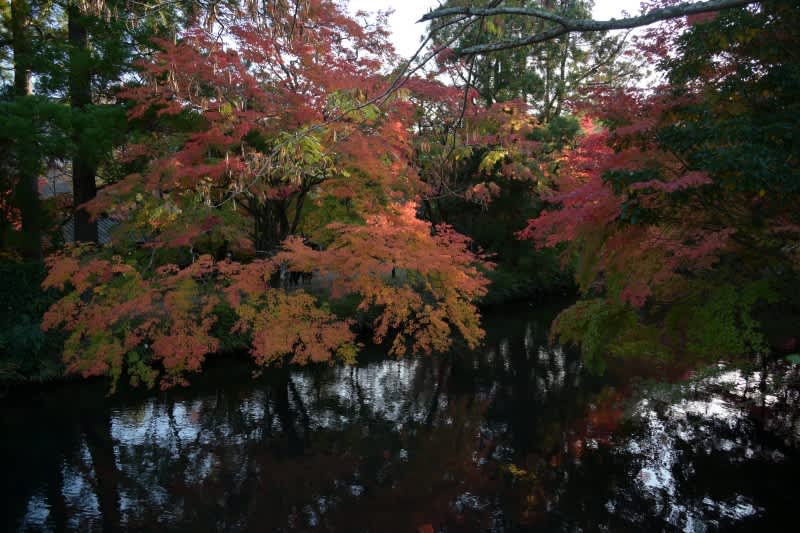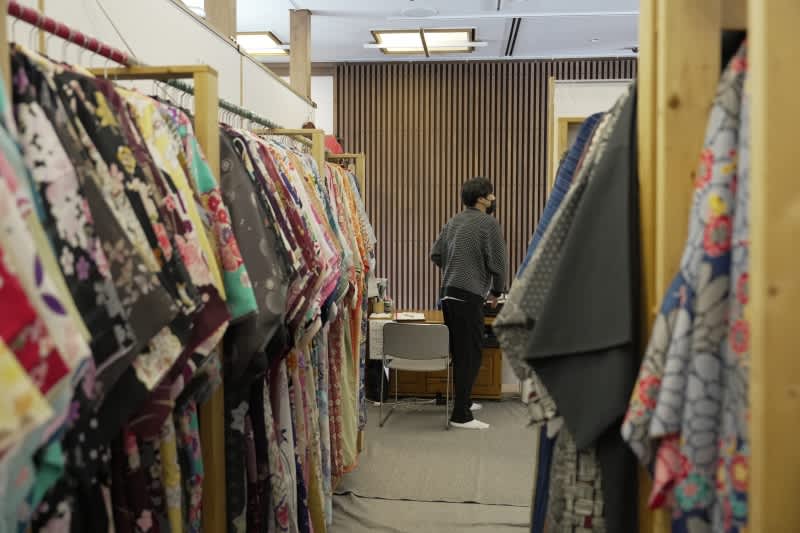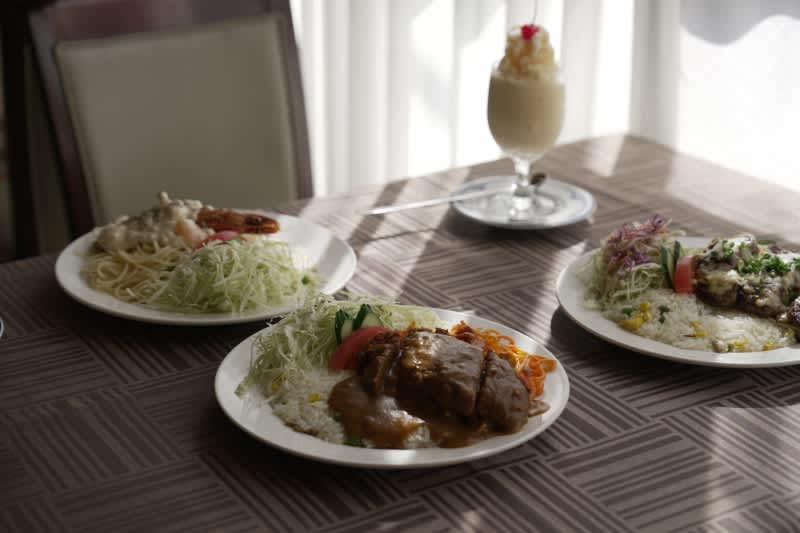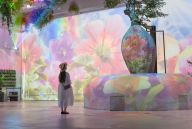A delightful travel plan to experience various activities and theme parks in Japan
from Osaka to Chugoku and Kyushu regions
*This article is based on the information as of November 2022 and the latest status may have changed.
Here’s an overview of my 8-day long itinerary:
Day 1:Osaka activities (Shinsekai → Tsutenkaku Tower → Nanba, Takoyaki Experience → Umeda Sky Building)
Day 2:Akashi Kaikyo Bridge (Maiko promenade) → NIJIGEN NO MORI in Awaji island → Himeji Castle
Day 3:Travel to Okayama (Kurashiki Bikan Direct → Onomichi Ramen → Senkoji)
Day 4:Cycling Experience at Shimanami Seaside Way → Okonomiyaki
Day 5:Exploring Hiroshima(Itsukushima Shrine and Anago rice) → Beppu, Kyushu for sand bath experience
Day 6:Jigokumushi, Beppu → Yufuin floral village → Ekiben and Local beer
Day 7:Nokonoshima Island Park → Mirai Itoshima and Glamping → Sakurai Futamigaura → Yatai Experience, Fukuoka
Day 8:Travel to Nagasaki (Dejima, Graver) → Return Osaka
In the final article of my three-part series, I will share my itineraries of exploring the Kyushu region over the last 3 days of my trip. On Day 6 I will be going to theme parks in Yufuin and Beppu, on Day 7 I will uncover a few of Kyushu’s hidden gems, and finish off with Day 8 in the historic city of Nagasaki. Let’s go!
Day 6: Hell and other Theme Parks - Oita’s Two Faces
Fancy a day trip to hell? One of Beppu’s top sightseeing attractions is Jigoku Meguri, a collection of hellish springs spewing hot water at near boiling temperatures. This area contains 10% of Japan’s hot springs, and the density of hot mud and fumaroles inspired locals to call it hell, known as “jigoku” in Japanese.
There are seven jigoku in Beppu and each hell has its own characteristics. Umi-jigoku (Sea Hell) produces vivid blue but boiling spring water, meanwhile Chinoike Jigoku (Blood Pond Hell) is where bright reddish orange water can be seen. One of Beppu’s most famous specialties is jigoku-mushi (hell-steamed food), which is various foods uniquely cooked with natural steam and water. There are jigoku steamed pudding, jigoku boiled eggs, and sea-colored beer that you can only find here.
Side note - these jigoku are not the same as onsen and are too hot to enter, but some foot baths are available.

Next up is Yufuin, which is about an hour by bus from Beppu.
Yufuin Floral Village is an amusement facility that recreates the streets of the Cotswolds Villages in England. It’s verdant with beautiful flowers and lush trees in every season, styled like traditional English gardens. Along pathways and streets, Ghibli and other anime characters and themed stores sell the most adorable goods! Especially popular here is the Owl Forest. In Owl Forest, visitors can interact with the quiet and cute owls and have their picture taken dressed in Harry Potter robes. I felt like I was a Hogwarts student visiting Hogsmeade, waiting for my Owl Post to arrive.


Not too far away is a lovely lake called Lake Kinrin. In early November, it’s a popular spot for autumn leaf viewing in Oita as the foliage showcases various hues of green, yellow, orange, and red leaves.

There’s also a Yufuin-no Mori limited express train that connects Beppu to Hakata and Fukuoka. There’s a specialty local beer here, Yufuin Beer, that is especially refreshing after a long day of sightseeing. Bottoms up!

Day 7: Outdoor activities in Fukuoka
Today, I am going to Nokonoshima which is surprisingly underrated for outdoor activities in Fukuoka. Nokonoshima, located in the middle of Hakata Bay, can be reached in about 10 minutes by ferry from Meinohama Port near Meinohama Station. While various flowers bloom each season, the island is popular from early October to mid-November when pretty cosmos flowers bloom in abundance. As this place is relatively less known than other areas, I recommend this to those looking to experience a peaceful and quiet vacation. There are rental accommodations as well as camping and barbecue facilities.



After I took in the fresh air and peaceful sights of Nokonoshima, I returned to Meinohama Port and continued on to Chikuzen-Fukae Station, which is a 30-minute train ride from Meinohama Station, and headed towards Itoshima. Itoshima is a coastal city located in the western part of Fukuoka, and Itoshima SDGs Village Chikyu Mirai is located here.
This coastal glamping area offers sophisticated accommodation options with a wonderful view of the ocean, and every tent has a unique interior design and concept based on SDGs-conscious social themes. There are tents that can make you feel like you’ve been transported to tropical Bali, or camping in a lush rainforest. Believe it or not, some furniture pieces were made entirely from scrap wood.



Here’s a little side quest if you aren’t pressed for time. A taxi-ride away is Sakurai Futamigaura, part of Sakurai Shrine, which is a pair of “couple rocks” connected by a sacred rope. There’s also an impressive white torii gate, and views of the rocky coast are simply amazing.

After this, I am returning to Hakata to feast on a Fukuoka specialty meal - street food! In the evening, food stalls pop up like mushrooms along the city streets. It’s the perfect way to enjoy Fukuoka’s cuisine such as yakitori, oden and Hakata ramen. The authentic Fukuokan culture and atmosphere is still alive and well in this charming city.

Day 8: Immerse yourself in Japanese history on Dejima in Nagasaki
The days have just flown by and I’ve reached the last day of our itinerary, so let’s make the most of it. I am leaving Hakata and going to Dejima in Nagasaki Prefecture. To get there, I took the Kagoshima Main Line Limited Express Relay Kamome to Takeo Onsen Station and transferred to the Nishikyushu Shinkansen Kamome, a journey which took about 90 minutes.
Dejima is a historic place that played an important role in the modernization of Japan and was the central trading conduit for foreign trade during the isolationist Edo period. That's why Nagasaki has a unique atmosphere that is different from other cities in Japan, such as sloped terrain, streetcars, and architecture. I rented a hakama (traditional Japanese trousers) and strolled around this historic island. It felt like stepping into another time, experiencing a bygone era.



For lunch, I will have another local specialty dish, unusually named Toruko Rice or “Turkish rice”. One of the first cafés in Kyushu, Tsuruchan serves Toruko Rice which is said to have been created in Nagasaki about 60 years ago. The dish features pork cutlet, spaghetti and rice pilaf, which somehow goes well with Nagasaki's famous milkshake. The reason why it is called “Turkish” remains a mystery, but you can enjoy it at various restaurants, mainly in Nagasaki city.


After lunch, I took a stroll to Glover Garden, a must-see spot in Nagasaki. Glover Garden is located on a hill overlooking Nagasaki Harbor. The Former Glover House is Japan's oldest Western-style wooden building and was registered as a UNESCO World Heritage Site in 2015. I enjoyed wandering along small streets and paths along the beautiful homes and gardens, some of which can be used as locations for wedding photography, and took in the stunning views of Nagasaki Harbor.


Whether you have a special someone or you’re still on the lookout, there’s a little secret in Glover Garden that will warm your heart. There are several Heart Stones in the area, said to be a power spot for the fulfillment of love. Apparently, if you touch the stone and make a wish, your wish for love will come true. Why not give it a shot, right?
Adding on to the romantic atmosphere, summer and early fall months bring with it evening illuminations of the Western-style buildings in the area.

While this trip has come to an end, the memories will remain. Rediscovering these historic and scenic spots around the Chugoku and Kyushu areas has been so rewarding as it was so interesting and enjoyable to learn so much about these areas. Now, it’s time for you to immerse yourself in Japan’s charms!
1st Article is here
2nd Article is here



















































